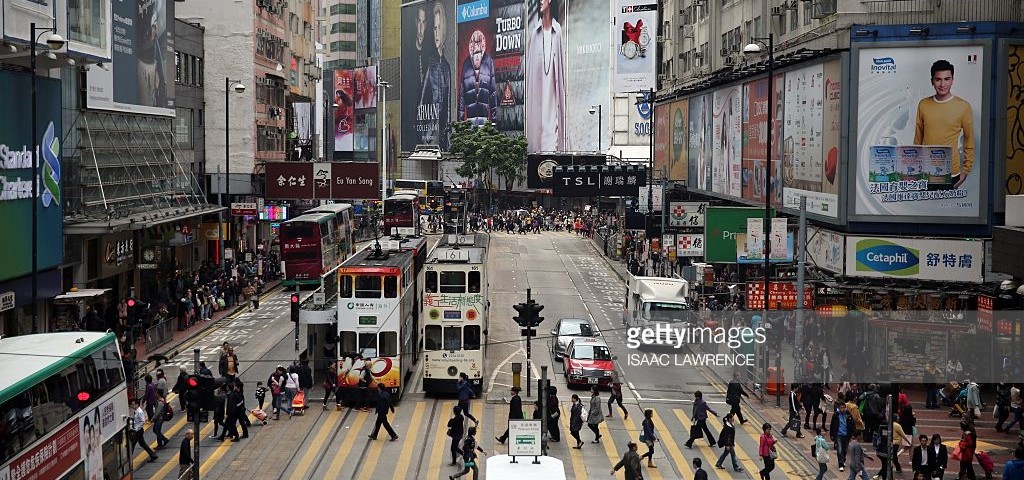
Refugees in HK; In the shadows, but fighting for their rights
28 February 2017
Poverty amid plenty; Hong Kong’s increasing homeless
28 February 2017High housing density makes Hongkongers more active: HKU scholar

By Ryanne Xu
While many have complaints about the crazy urban density in Hong Kong, high residential density is not all bad – it makes you exercise more and, thus, may protect you from diabetes, heart disease, and some cancers, a recent international study on physical activity in urban areas has found.
The research studies 6,822 adults from 14 cities in 10 countries, including Hong Kong, which is “a unique and diverse community” and “contributes critical information” relevant to urban planning policies for healthier neighborhoods, according to Professor Ester Cerin, a visiting professor of the Faculty of Medicine at the University of Hong Kong.
“The average amount of physical activity in Hong Kong was 44 minutes per day of moderate to vigorous physical activity,” said Cerin. “Most of which were accumulated through walking for transportation.”
Hong Kong adults are more physically active than residents of other cities in the study, thanks to high residential density and easy access to public transport.
Safety is another reason that makes Hong Kong an activity-friendly neighborhood, as “people are not afraid to walk on the streets at any time of the day and night”, said Cerin.
Not having a car can also help. “From a population health and environmental sustainability viewpoint, this is a great thing for a city to be known for,” added Cerin.
The study found that neighborhoods that encourage physical activity have a string of common features, including high residential density, packs of intersections, a large number of public transport stops and more parks within walking distance.
The results lend support to the need for activity-friendly urban areas with a more comprehensive approach and address the importance of having walkable cities in response to a global burden of disease associated with physical inactivity.
“The total health gained by changing to optimal activity-friendly environments will be close to 2 million fewer deaths and around 3% fewer non-communicable diseases,” said Dr. Shifalika Goenka from Public Health Foundation of India, in a comment to the study.
